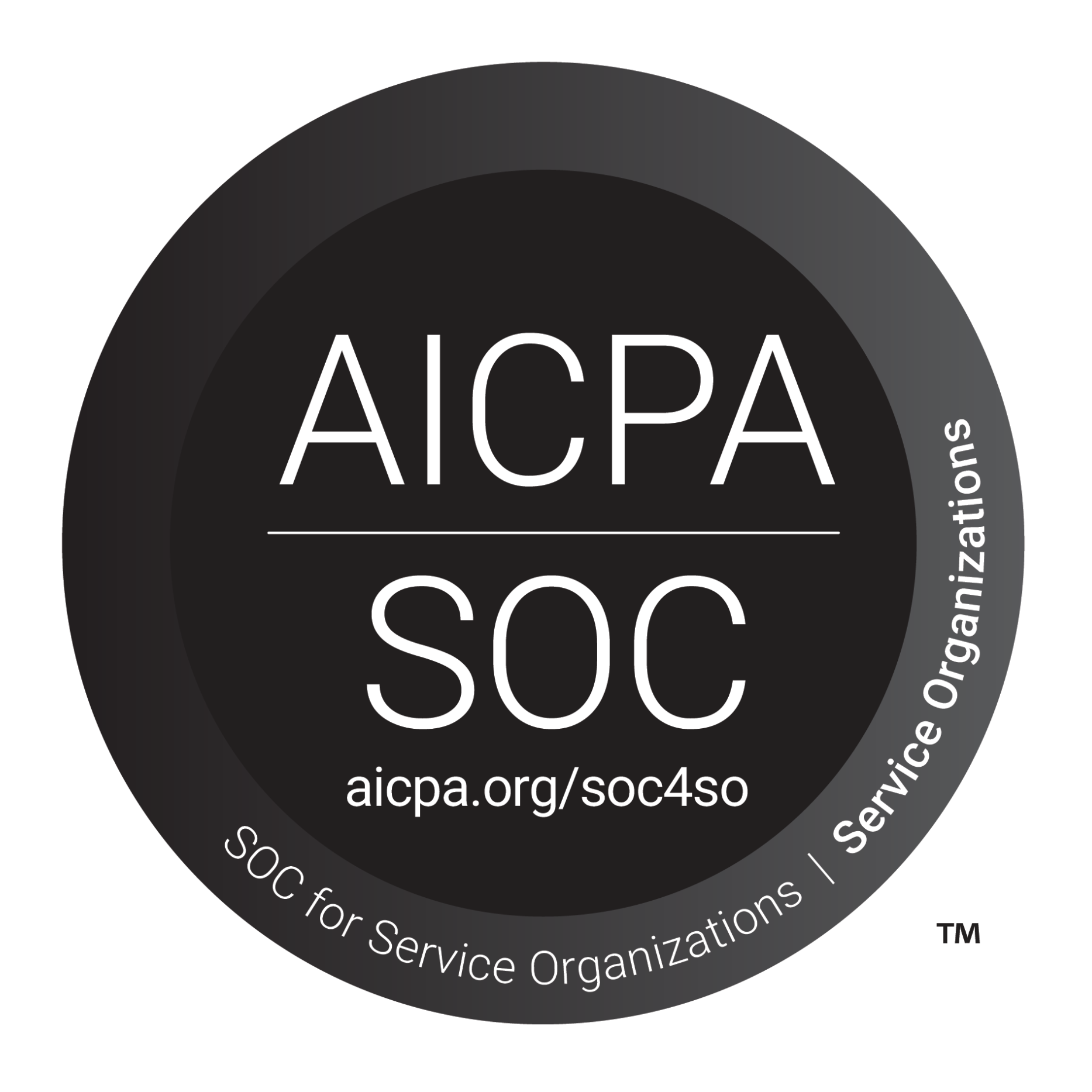5 Major Factors That Can Affect Your Homeowner’s Insurance Premium
Many consumers are unaware of all the elements that home insurance providers take into account when calculating insurance prices. While some of these criteria can be altered to help you lower your rates, not all of them can.
Discover the top five elements that influence the cost of your homeowner’s insurance.

1. Domestic Situation
Your homeowners insurance price might be significantly impacted by your home’s precise location. As is to be expected, homeowners in locations of the country that are more prone to natural catastrophes. Especially with the onset of global warming, many states are prone to the onset of flooding and hailstorms that arrive unexpectedly.
However, if you reside in a high-crime region and you have to be on your toes all the time looking out for danger, you can also consider paying more. When homes are frequent targets of burglaries, there is a higher likelihood that the insurance company will eventually need to replace stolen property.
On the other hand, you can anticipate paying less for insurance if your house is close to a fire station or hydrant than if it is far from either. While you cannot change the location of your property, many insurance providers will provide homeowners who install security systems in houses in high-crime regions discounts.
2. Age and Type of Roof
For a number of factors, homeowners insurance companies also take into account the kind, state, and age of your roof when determining your rate. First off, a more recent roof is less likely to require costly repairs following a major storm because it was correctly built to withstand local weather dangers. Furthermore, newer roofs are less likely to experience leaks, which can result in expensive water damage.
Additionally, homeowners who have roofs with high wind-resistance ratings receive premium discounts from insurers in several locations that are prone to high-wind storms. Additionally, in places where wildfires are common, the majority of insurance providers give discounts for properties with fire-resistant roofing materials.
The amount that the age and style of your roof influence your insurance cost can vary substantially. After spending money on roof upgrades, some homeowners experience premium reductions of up to 35%.
3. Existence of Fire Risks
After a house fire, most homeowners insurance companies don’t want to be responsible for paying to reconstruct the entire house and replace all of its belongings. Because of this, insurance rates frequently rise when a home has known fire hazards.
Home fire risks that may result in higher homeowner’s insurance costs include:
- A wooden siding. When compared to homes with brick, stone, or other more fire-resistant siding materials, homes with wood siding are often more expensive to insure.
- Fireplace or stove that burns wood. The cost of insurance may increase due to these home heating systems.
- Shingles made of untreated wood. Some insurance companies won’t insure homes with this roof type because of how quickly these roofs can catch fire.
Do you want to avoid the potential premium rate rise that comes with having a wood stove or fireplace in your house? Install a smoke detector close to the heater, keep a fire extinguisher on hand, and provide your insurance provider with documentation showing the heater was set up by a qualified contractor and complies with local fire regulations.
4. History of Credit and Claims
Insurance firms for homeowners also take into account the owners when determining the insurance rate. In most jurisdictions, credit history and claims history are two criteria that are taken into account when determining insurance premiums for homeowners.
How much debt you now owe, how frequently you’ve made on-time payments on ongoing debt, and whether you’ve recently applied for new credit are all criteria related to your credit history that may have an impact on your rates. Unexpectedly, your credit score is rarely taken into account.
Any homeowners insurance claims you filed at prior addresses are included in your claims history. People with a history of minimal or no homeowner insurance claims often pay lower premiums than those with a history of claims.
5. Selecting the Insurance Deductible
The majority of house insurance providers provide a variety of deductibles, which are payments you must make before your insurer will pay the balance of the cost of your home’s damage or another cost resulting from a home insurance claim.
Get quotes with a range of deductibles while looking for a new home’s insurance coverage. You may calculate the amount of money you will save on premiums if you choose to pay a larger deductible.
Use the above mentioned points and let us know if your insurance is finally how much you would like it to be.
More Articles
February 26, 2024
Need a Change of Scenery? Here’s What You Need to Know About Moving Your Manufactured Home
February 26, 2024
Got a Mortgage? How Credit Cards Can Help You Pay Off Mortgage Debt!
February 22, 2024

